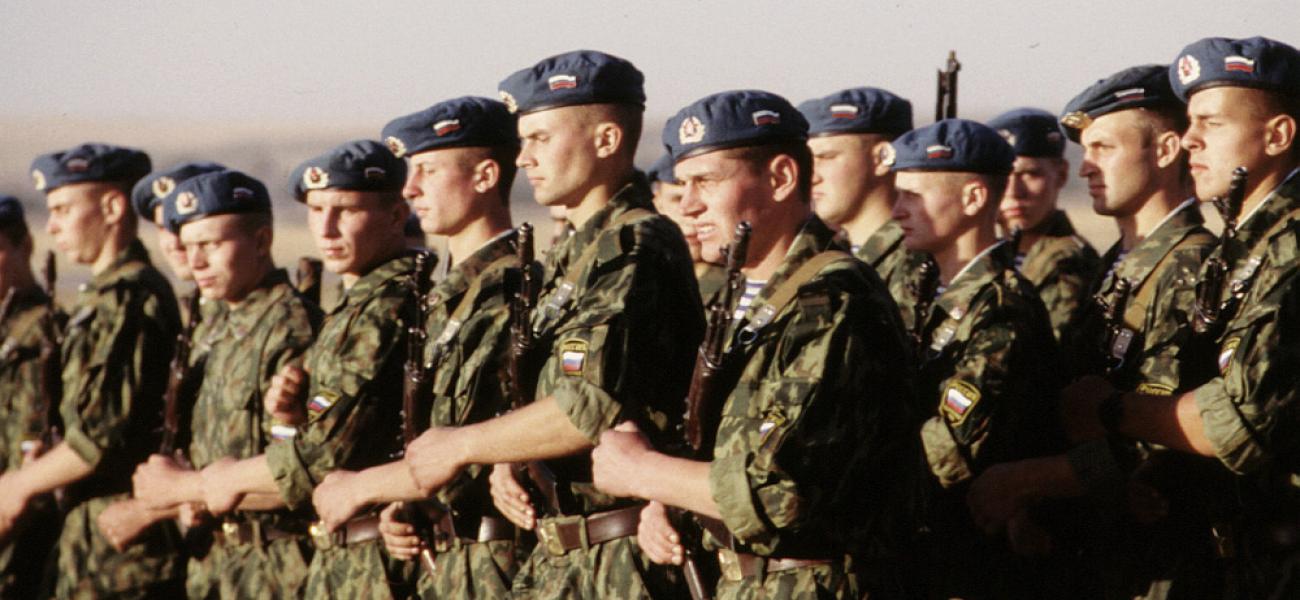
The Coming of the Russian Jihad: Part II
This article originally appeared on the War on the Rocks blog.
On November 12, Russia’s Federal Security Service (FSB) released a statement that it had arrested “10 terrorists” in Moscow and St. Petersburg. According to the FSB, the men had “a total of four IEDs” and “planned a series of gun and bomb attacks in Russia’s two biggest cities” and had “contacts to leaders” of the Islamic State. The operation followed the killing of two “suspected terrorists” in a shootout that took place in Nizhny Novgorod three weeks before. Overall, according to Russia’s first deputy prosecutor general, Alexandr Buksman, in the first half of 2016, the number of “terrorist crimes” in Russia rose by 73 percent from 2015. The increase, according to Buksman, was not merely a result of better policing but “a reflection of growing threats.”
By all indications, the Russian jihad continues to remain alive and dangerous. As outlined in the first installment, this development has multiple and deep roots. Changing demographics due to migration which have made Russia the largest ethnic Muslim country in Europe and Moscow a key international ISIL recruiting ground. Additionally, pan-European trends such as alienation, unemployment, discrimination, and prison radicalization play increasingly prominent roles in converting citizens of the Russian Federation. Perhaps the most troubling development has been a gradual shift of the locus of militant Islamism from the north Caucasus and into the Russian heartland of Tatarstan and Bashkortostan.
Continue reading at War on the Rocks.
Leon Aron
Leon Aron is a resident scholar and the director of Russian studies at the American Enterprise Institute (AEI).
Photo credit: Wikicommons photo by the U.S. Air Force shared as a U.S. government work in the public domain.
